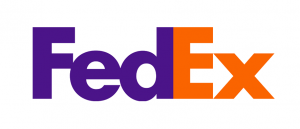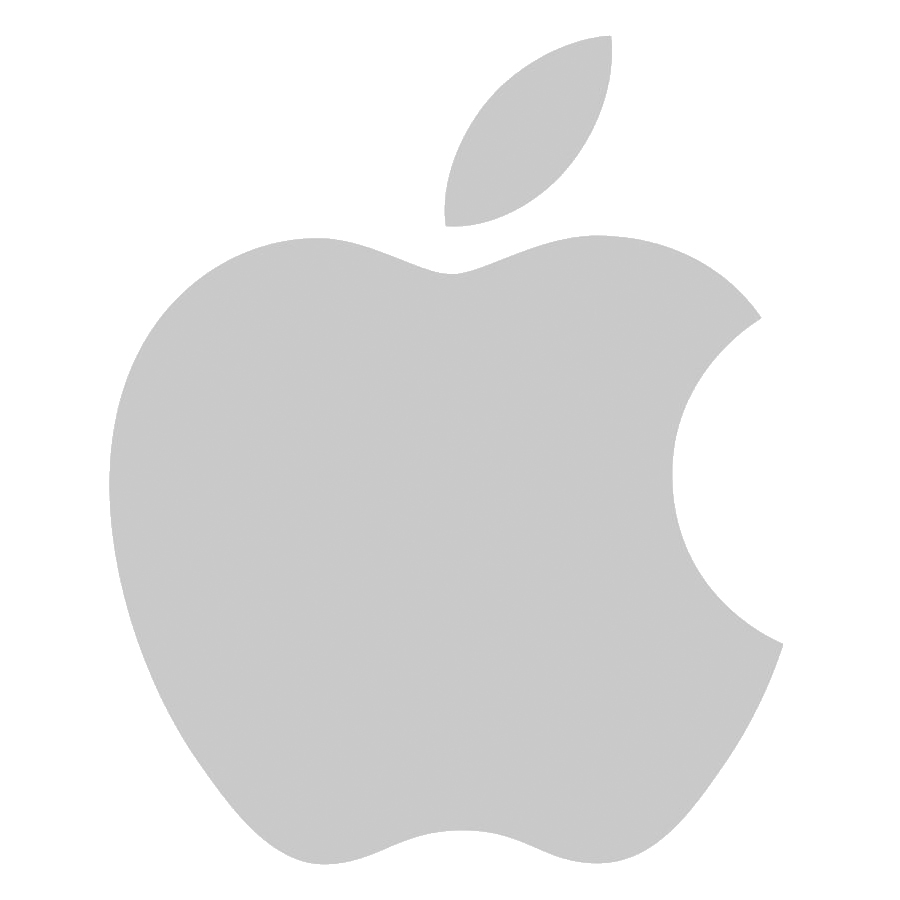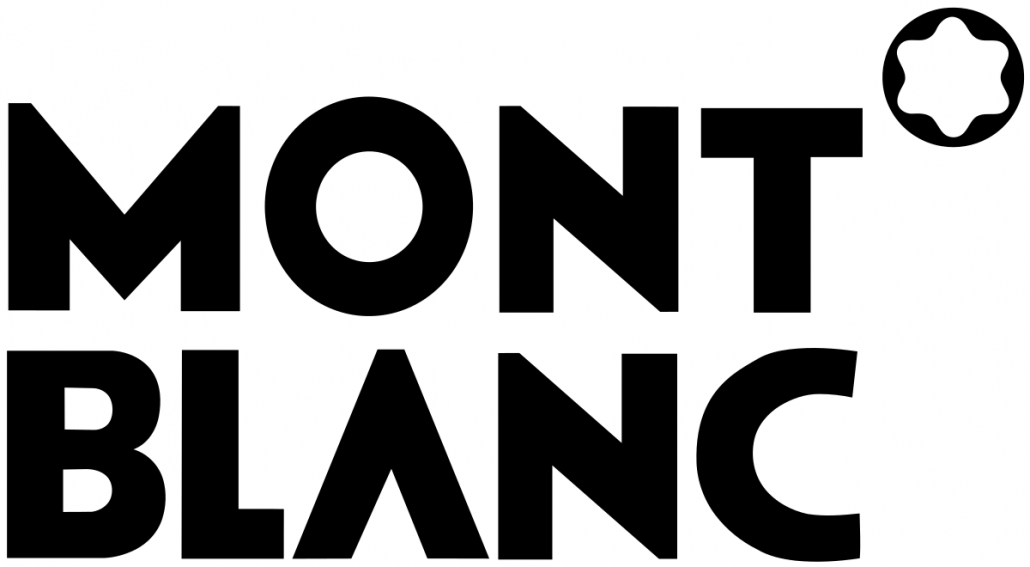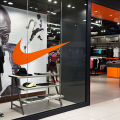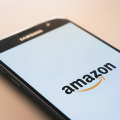Creating an Enduring
Brandmark
By Anthony Biles, Principal & Creative Director, Biles Hendry
In our previous post we looked at the value of brandmarks that last. We saw how rarely this is achieved with many brand’s logos changing fairly regularly, diluting recognition and trust, wasting valuable resources, and missing out on the opportunity to further build their tribe.
Good logos come from purpose driven design but what is otherwise known as ‘form follows function’ is nothing without the second part of the equation, which in simple terms is the people involved: The client, the agency and the consumer – the ‘holy trinity’.
The principle ‘form follows function’ is so very important because it takes the self indulgence of the artist out of design and to a large degree, the subjectivity out of its evaluation. Simply put, it means the way something looks should be dictated by its function. That function or purpose will be multi-faceted and can include communication, meaning, emotion and values.
Purpose driven design relies on acute brand proposition and positioning statements. These statements need to be true, relevant and unique. This brings us to the people involved. One of the gifts of a good brand development team is the ability to fully understand these statements. Furthermore, to have the ability to write them afresh, as well as the ability to evaluate and even challenge existing statements where necessary.
The agency need to have ‘form follows function’ coursing through their veins. They need to know how to tease out the key brand truths from the brief, research and planning, i.e. those that can effectively be captured visually and will truly resonate with consumers.
When it comes to design, it has to be end user-centric. The maxim is ‘consumer, consumer, consumer’. What motivates them? Where do they shop? What else do they buy? What competitors are on offer? What are the usages and occasions? More often than not, research can be used to help unlock this. However, a good designer will also ‘eat the world with their eyes’, coming to understand the consumer world around them through relentless empirical observation and ongoing introspection. This is how good designers have expertise – it is acquired over years of experience, working for many brands across many sectors and obsessing about consumer behaviours. Research, charts and diagrams are useful tools for validating thinking, but they aren’t a substitute for expertise (smarts x experience) and shouldn’t eradicate the clever thinking at the table.
This clever thinking from the agency is matched by and combines with the clever thinking from the client, who has an acute awareness of the challenges their business faces as well as the commercial situation. In the right partnership, there is a lot of wisdom sat right there in the room and sometimes this can be forgotten. Brands like Innocent, Amazon and Apple were all born from these kind of smarts between brand owner and design team (and in these cases, research wasn’t used).
Client attitude is pivotal to the results achieved and key stake holders will have a massive impact on the project outcome. Innocent would never have hit the ground running so hard were it not for the true brand innovation spirit of its founders. It wasn’t the first smoothie brand to market, rather the best conceived and indeed the one that would endure, with a logo to match.
But client personality and approach isn’t about the brand owners being hands on and naturally gifted in the art of brand, such as the rare example of Innocent. It is about the client/agency synergy which while the agency should do everything they can to allow this to flourish, it is fundamentally enabled by the client. Good synergy allows the agency to do what they do well and freely marry their expertise to the client’s insight and knowledge of the commercial challenge. An agency that doesn’t thrive on BS and jargon and a client who creates a situation where the agency can be completely honest is the ideal. It’s about getting the best out of your people.
An enduring brandmark by definition is a logo that lasts.To optimise the chance of this happening, a truly effective agency must work with their client to achieve a profound understanding of the brand challenge and turn this into a simple design solution. They must have the skill to do this in the most authentic and relevant way possible, eschewing current trends in favour of timeless, fundamental semiotics. Standing out, standing for, and appealing to the real consumer motivation.
– END –

